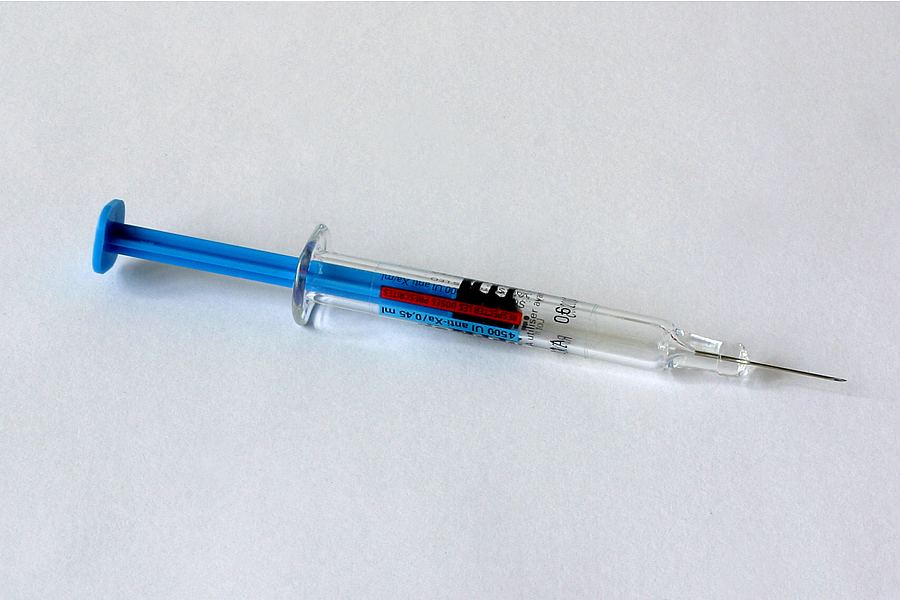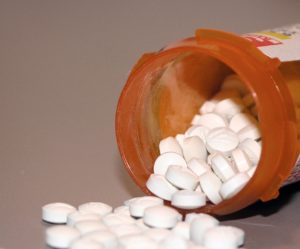I have often said that I have a gray hair on my head for each time the school called me about some behavioral issue, each IEP meeting, and each public debacle we have survived. But I have more gray hairs that were caused by my son getting lost than by everything else combined.
Nigel is a wanderer. Up until he was about seven I had to have a lock high up on the front door or he would just run out and take off down the street. I wondered how I would handle it when he got older and could reach the lock. Implant one of those tracking devices? He was a runner, and it worried me. But something happened when he started to talk. He seemed to have less of an inclination to want to escape, and saying, “Stay in the house” was something he could understand. I felt like I could breathe a little bit more.
But the wandering nature is inherent. Whenever we are away from home, his exploratory urge kicks in, and he takes off if I’m not constantly watching him. Sometimes, in recent years, he tells me where he is going, but the odds are that he will not still be there when I come to collect him. Something else will have caught his attention, and he will have moved on. And I will spend the next half an hour running around looking for him, wringing my hands, imagining someone taking him, considering notifying the police, and basically driving myself into near-hysteria. And it just happened yesterday. Again.
We had gone to a large park in a nearby city where an international fair was being held with lots of booths, exhibits, musicians, dancers, and food and craft purveyors. Nigel informed me that he wanted to go to the playground. I said okay, later wishing I had added, “and wait there for me.” After about ten minutes, we made our way toward the playground, and as we neared it, I glanced around for Nigel. I saw him scaling a mini climbing wall and started walking in that direction, briefly looking at some traditional Mexican dancers off to the side. A moment later I reached the climbing wall, and there was no sign of Nigel. I went around the back of it. Not there. I looked at every playground feature. No Nigel. Not again! I wanted to yell. How does he continue to do this to me?! He was just here!
I looked at the surrounding area, up in trees, around bushes (in case he had followed a bird or squirrel), all around. No sign of him. I informed the rest of our party (Aidan and my boyfriend) that Nigel had taken off, and they joined in the search. We walked through all the booths, went beyond the playground where there was an inflatable jumping/ball-pit thing attracting lots of kids, and even checked the belly dancing show going on. No Nigel. Then I retraced our steps back to the band we watched when we first arrived. Then I went back to the playground. I ran into my boyfriend and he suggested notifying the police. I said I wanted to make one more sweep first. I went beyond the playground, past the inflatable jumping/ball pit thing, past the belly dancing, and there, there, around the other side of all of that, was a fire engine. I saw Nigel’s head in the side window of the fire engine. He was seated with a bunch of little kids less than half his age, smiling and excited to be sitting in a fire engine. Oh, my son.
So many times have I felt this emotion without a name. It is a combination of intense relief, but also frustration, a little anger, and exasperation. The relief, of course, overpowers everything else. But how many times must we go through this? How many times must Aidan help look for his older brother? How many times must our plans be disrupted? How many times must I fear that he’s been taken? It is still so hard to bear, that sense of dread. The hysterical fear that he has been taken.
And yet, somehow I bear it. I must and I do. I say to myself when I find him, He’s okay, and that’s all that matters. And I admonish him for not staying where he said he’d be, and he apologizes, and we go on our not-as-merry way. And I think some more about implanting a tracking device in him. Or getting walkie-talkies. That is, if his could be strapped on to him somehow. Otherwise, I’d have a lost son and a lost walkie-talkie. Not to mention more gray hair.


